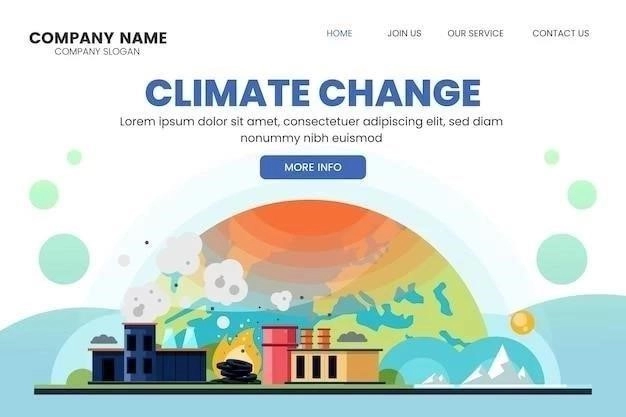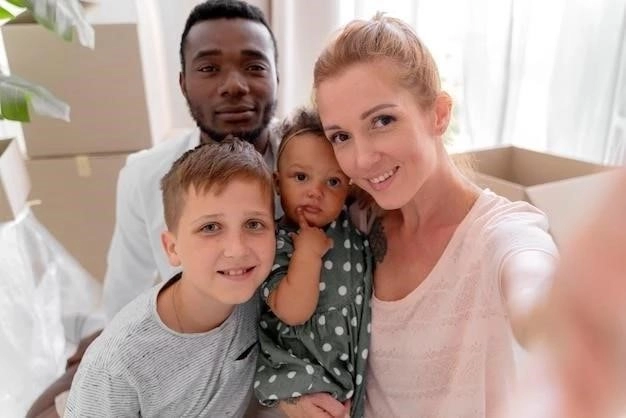Transformations and Trends

The American family of the 21st century is a dynamic entity, significantly different from the idealized image of the past. Several interwoven trends have contributed to this transformation. The decline of the traditional nuclear family, with a stay-at-home mother and working father, is a key transformation. This shift is fueled by factors like rising divorce rates, increased female participation in the workforce, and the growing acceptance of diverse family structures, including single-parent households and same-sex couples raising children. Furthermore, Americans are marrying later in life and having fewer children, contributing to smaller family sizes. This change is influenced by economic pressures, evolving social values, and increased access to birth control.

Evolving Family Structures
The 21st century has ushered in a period of remarkable diversification in American family structures, challenging the long-held dominance of the traditional nuclear family model. While the nuclear family, consisting of two married parents and their biological children, remains a significant structure, it is no longer the dominant form. A multitude of factors, including shifting social norms, economic realities, and evolving perspectives on gender roles and relationships, have contributed to this diversification.
One of the most notable shifts is the rise of single-parent households. Increased divorce rates, a greater societal acceptance of single parenthood, and a growing number of individuals choosing to have children outside of marriage have all contributed to this trend. Additionally, same-sex couples raising families represent an increasingly visible and accepted family structure. The legalization of same-sex marriage across the United States in 2015 has further solidified the presence and rights of LGBTQ+ families within American society.
Beyond these developments, blended families, formed through remarriage and bringing together children from previous relationships, are increasingly common, reflecting the complexities of modern relationships and family formation. Furthermore, cohabitation, where unmarried couples live together and may or may not have children, is gaining increasing acceptance as a legitimate family structure, particularly among younger generations. This shift suggests a growing detachment from the traditional emphasis on marriage as a prerequisite for family formation. This diversity in family structures reflects a broader societal shift towards inclusivity and acceptance of diverse lifestyles and relationship models.

Economic and Social Influences
The evolving landscape of the American family in the 21st century is inextricably linked to the profound economic and social shifts that have taken place. Economic forces, in particular, have exerted considerable influence on family structures, relationships, and decision-making processes. The rising cost of living, particularly for housing, healthcare, and education, has placed significant financial pressure on families, often necessitating dual-income households and making it challenging for individuals to achieve financial stability and security.
The decline in well-paying manufacturing jobs and the rise of the service sector, often characterized by lower wages and fewer benefits, have contributed to economic insecurity for many working-class families. Furthermore, the increasing prevalence of student loan debt has delayed major life milestones for many young adults, including marriage, homeownership, and starting families. Alongside these economic pressures, significant social changes have also reshaped the American family.
The women’s rights movement and increased educational and career opportunities for women have led to a substantial increase in the number of women in the workforce, transforming gender roles within families and contributing to the rise of dual-income households. Simultaneously, evolving social norms surrounding marriage and family have led to greater acceptance of diverse family structures, including single-parent households, blended families, and same-sex couples raising children. These economic and social influences, acting in concert, have fundamentally altered the dynamics and structures of American families, presenting both challenges and opportunities for individuals and society as a whole.

The Role of Marriage and Parenthood
The roles of marriage and parenthood within the American family have undergone significant transformations in the 21st century, reflecting evolving societal values, economic realities, and individual priorities. While marriage remains a significant institution, its role as a cornerstone of family life has experienced a notable shift. The median age at first marriage has risen steadily, suggesting that young adults are delaying marriage, often prioritizing education, career establishment, and personal fulfillment before entering into matrimony.
Furthermore, the societal emphasis on marriage as a prerequisite for parenthood has diminished, as evidenced by the increasing prevalence of births outside of marriage and the growing acceptance of alternative family structures. Despite these shifts, marriage continues to be associated with numerous social and economic benefits, including greater relationship satisfaction, improved health outcomes, and enhanced financial stability, particularly for those who are married and have children.

Parenthood, too, has been reshaped by contemporary realities. The decision to have children is increasingly viewed as a deliberate choice rather than an expectation. Factors such as financial concerns, career aspirations, and personal fulfillment play a significant role in shaping individuals’ decisions about if and when to become parents. Moreover, the experience of parenthood itself has evolved, with fathers taking on more active roles in childrearing and families navigating the complexities of dual-income households and work-life balance.

Challenges and Opportunities
The transformations sweeping across the American family landscape in the 21st century present a complex tapestry of challenges and opportunities. The decline of the traditional nuclear family structure, while reflective of evolving social norms and individual choices, has also raised concerns about economic stability, particularly for single-parent households and families facing job insecurity or wage stagnation. The rising costs of housing, healthcare, and childcare place a significant financial burden on families, often requiring both parents to work full-time, potentially impacting family dynamics and children’s well-being.
Furthermore, the increasing prevalence of digital technology, while offering new avenues for connection, also presents challenges for families navigating screen time, online safety, and the maintenance of healthy boundaries between the virtual and physical worlds. However, amidst these challenges lie opportunities for greater inclusivity, diversity, and adaptability within the American family. The growing acceptance of diverse family structures, including single-parent households, blended families, same-sex couples, and interracial families, fosters a more inclusive and equitable society.

Moreover, the evolving roles of men and women within families, with fathers assuming more active roles in childcare and household responsibilities, have the potential to foster greater gender equality and more balanced family dynamics. The challenges confronting the American family in the 21st century necessitate innovative solutions and supportive policies to ensure the well-being of all individuals and families. By embracing diversity, promoting economic security, and fostering healthy relationships, American families can navigate these challenges and harness the opportunities to thrive in an ever-changing world.










